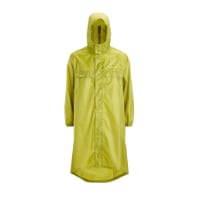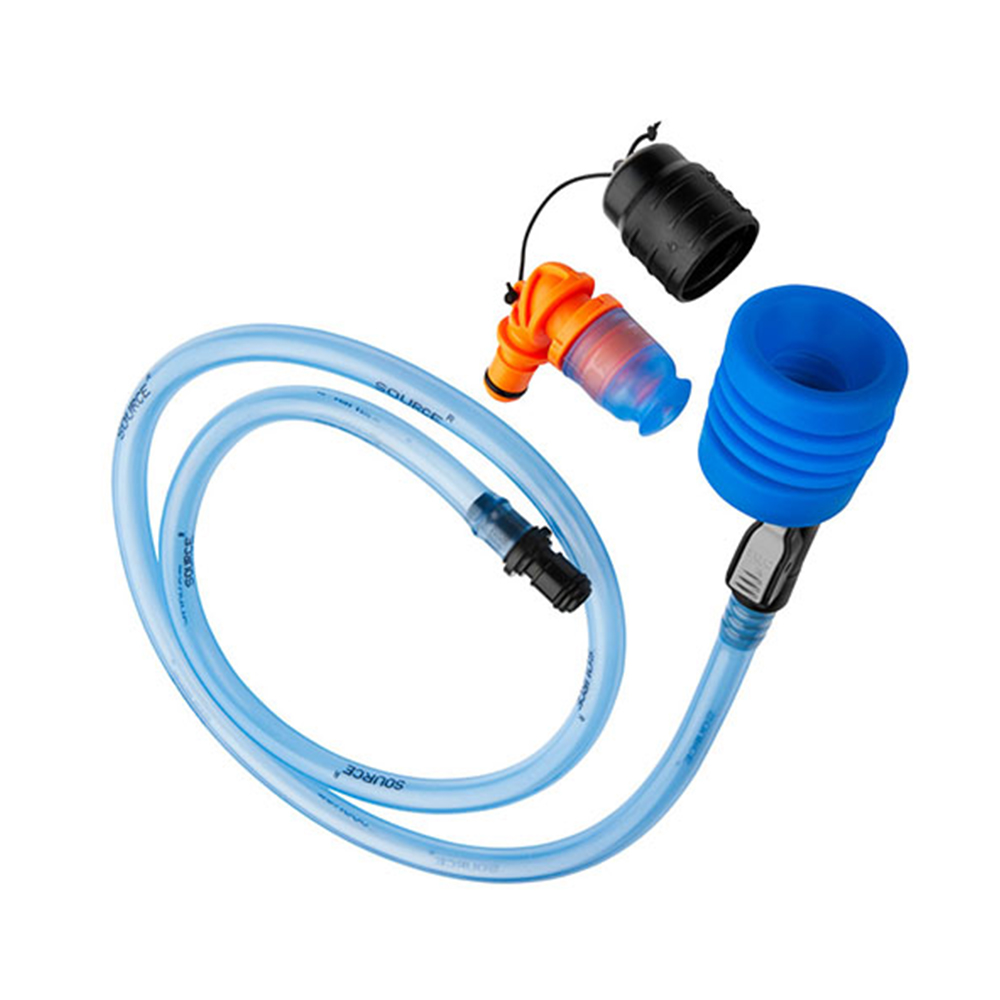BrendanRoach
New Member
- Time of past OR future Camino
- September 2023
I am doing the Camino from Leon and was wondering if I should get a hydration pack for my backpack?
I was thinking No! but then I wondered if I could refill drink bottles with water about every 5 klms. In that way, I do not need to carry a lot of water (weight).
So, are the drinking fountains regularly along the way?
Is the water safe to drink from the water fountains?
Can you buy bottled water frequently along the route?
I am walking from mid September to early October so I am not worried about the heat.
I was thinking No! but then I wondered if I could refill drink bottles with water about every 5 klms. In that way, I do not need to carry a lot of water (weight).
So, are the drinking fountains regularly along the way?
Is the water safe to drink from the water fountains?
Can you buy bottled water frequently along the route?
I am walking from mid September to early October so I am not worried about the heat.

































